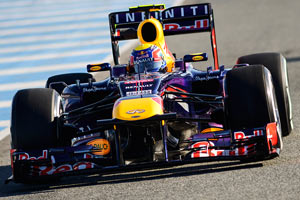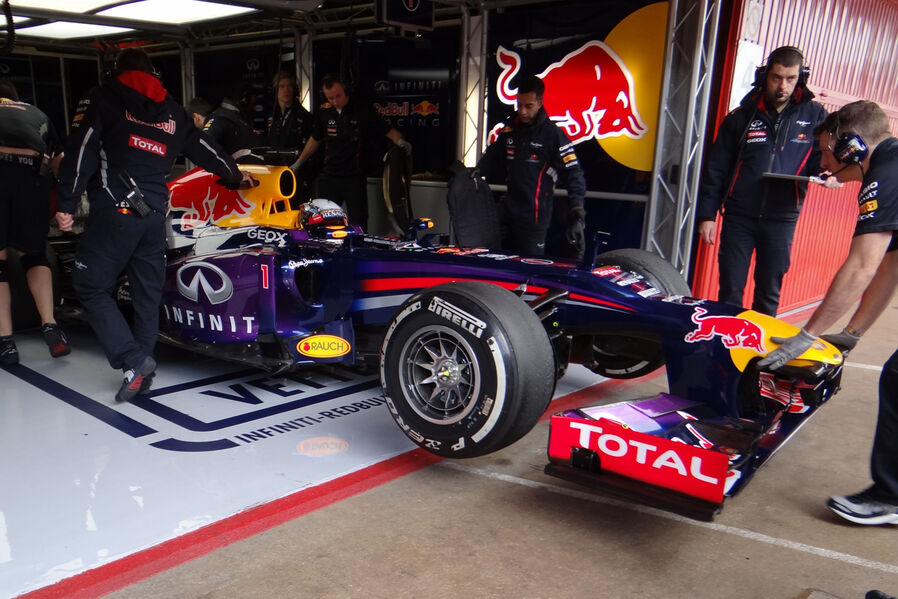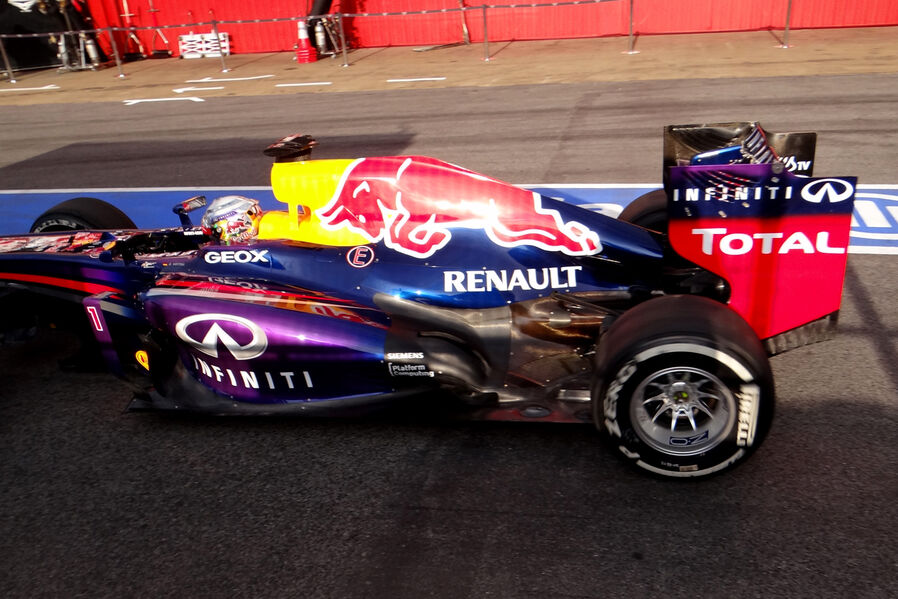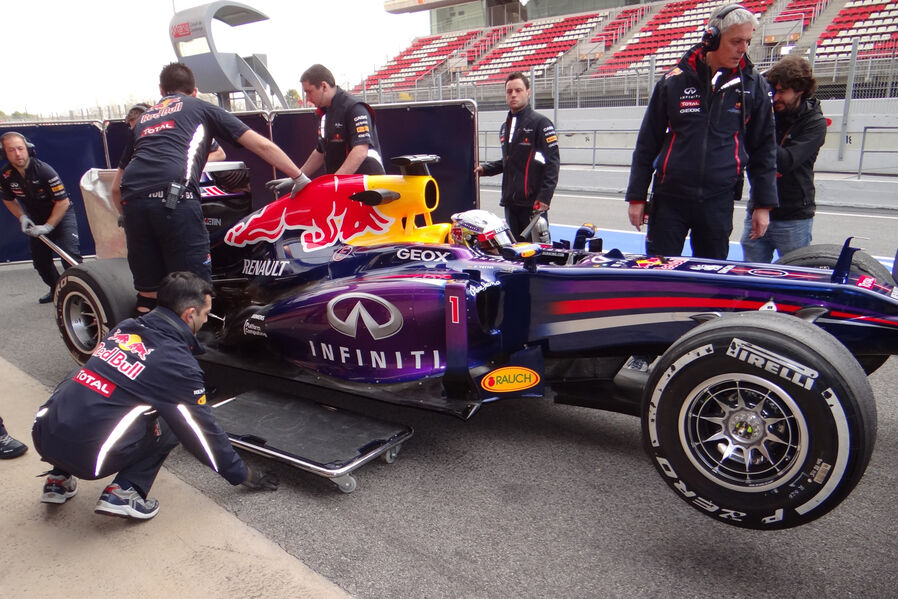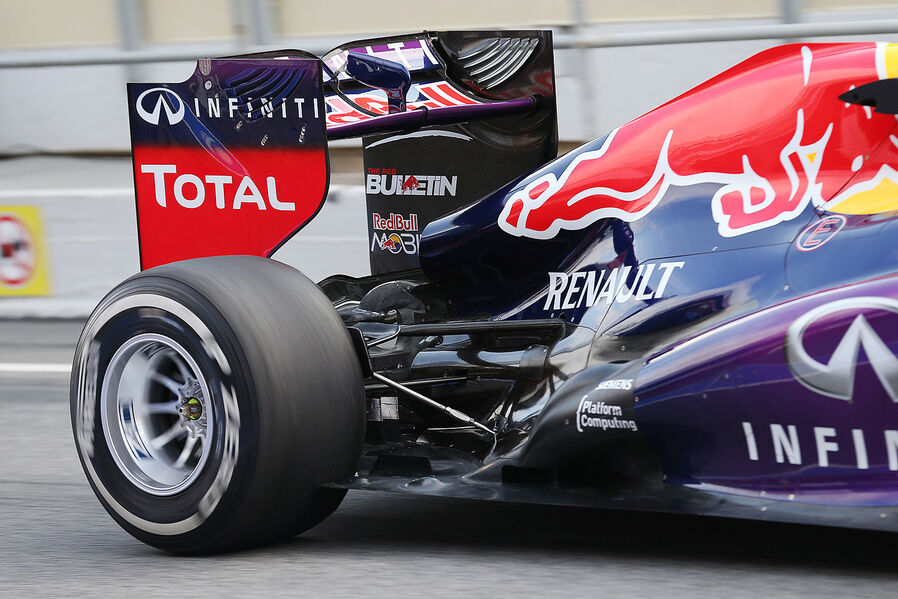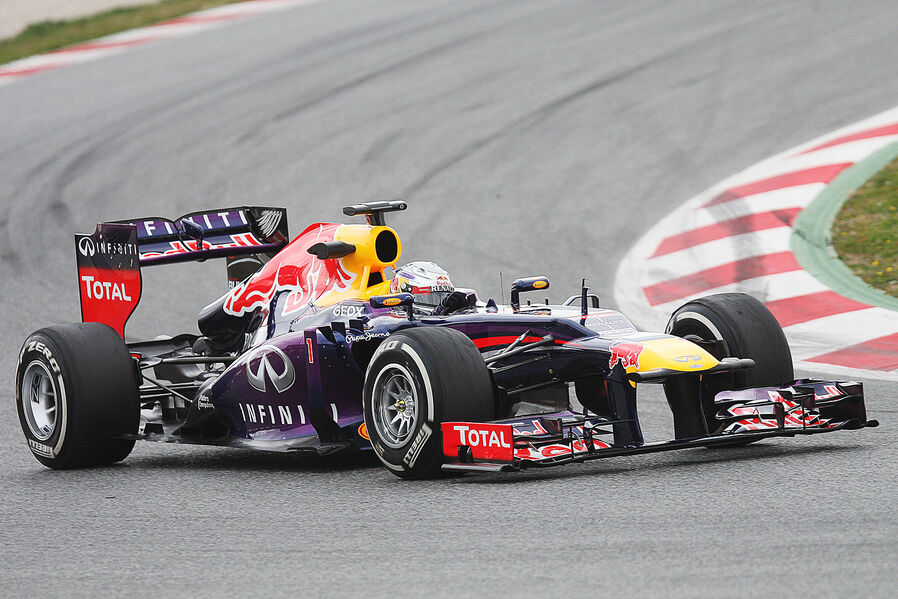Regarding the S-Duct here is my analysis:
In the past two years Red Bull have been utilising holes around the nose of the monocoque. In 2011, said hole was placed at the bottom of the nose to cool the electronics and reduce the boundary layer development. Something which they also did last year while also adding the so called letter-box hole at the top of the nose. Its purpose, largely, was to overcome the issues of the stepped nose and cool the driver. This year however they have copied an innovation seen on last year’s Sauber. The, so called, S-Duct.



This year both Sauber and Red Bull have adopted this solution. Both teams decided to not to completely cover the stepped noses with a modesty panel and instead use a smaller modesty fairing. A decision which, according to Adrian Newey, saves weight. Keeping the stepped nose though, means that the problem of keeping the airflow on top of the monocoque attached remains. In addition there is high pressure generated at the bottom of the nose because of its height. Red Bull has kept the hole under the nose and by ducting airflow using an s-shaped duct, it exits facing rearwards on top of the nose.

The lower slot relieves some of the high pressure and the boundary layer build-up at the bottom of the nose, bleeding some of the high pressure on top of the nose which in turn keeps the airflow attached behind the step of the nose and prevents the build up of a thick boundary layer on top of the monocoque.
Below the flow trajectories on the top and the bottom of th enose without the s-duct are illustrated. Note the 3rd and last picture where you can see the formation of the thick boundary layer.

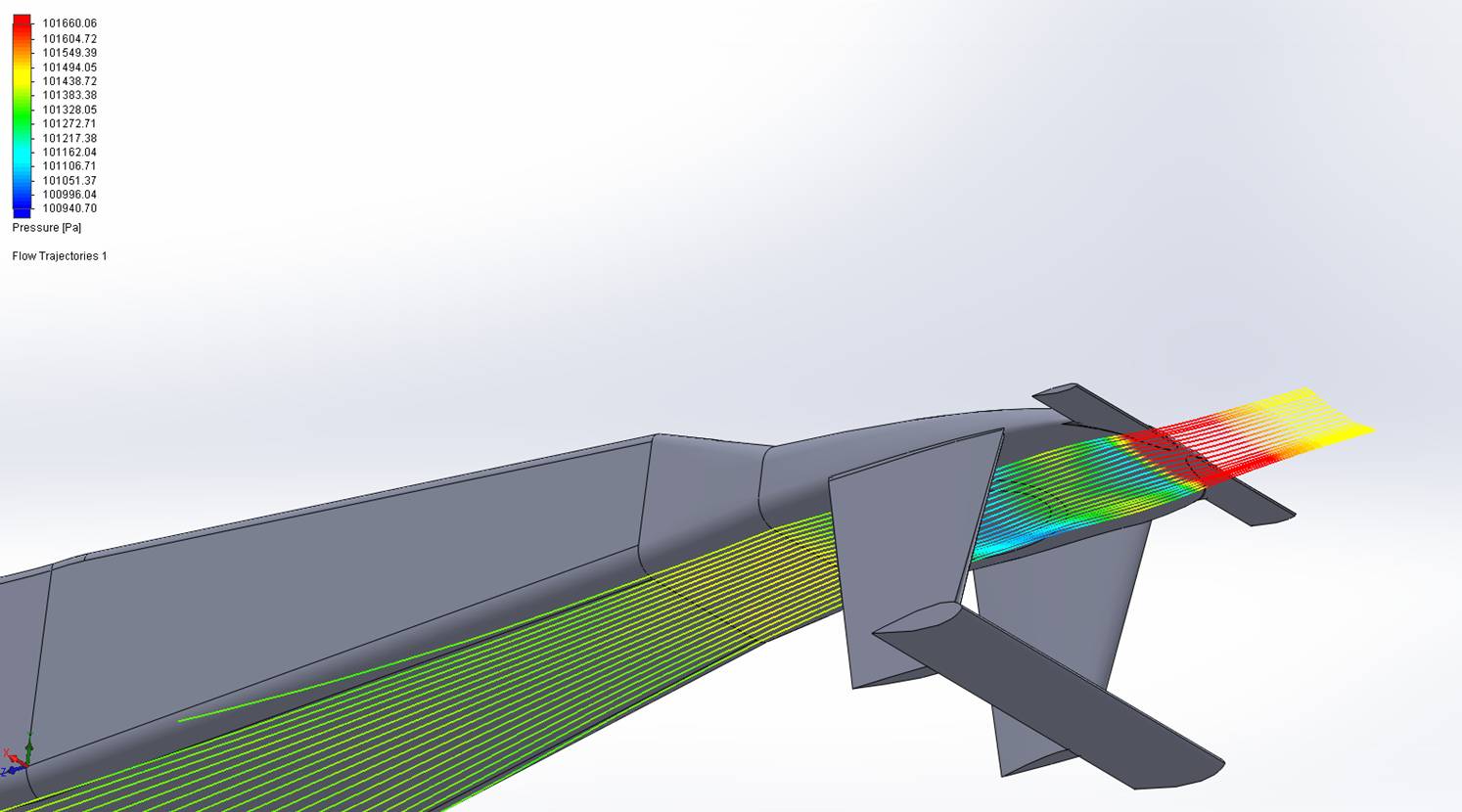
 http://technicalf1explained.blogspot.co ... -duct.html
http://technicalf1explained.blogspot.co ... -duct.html
